Chiapas and bidding adios to Mexico
From Huatulco, we flagged down the purified water truck, pumped a few 5 gallon jugs into the rig…
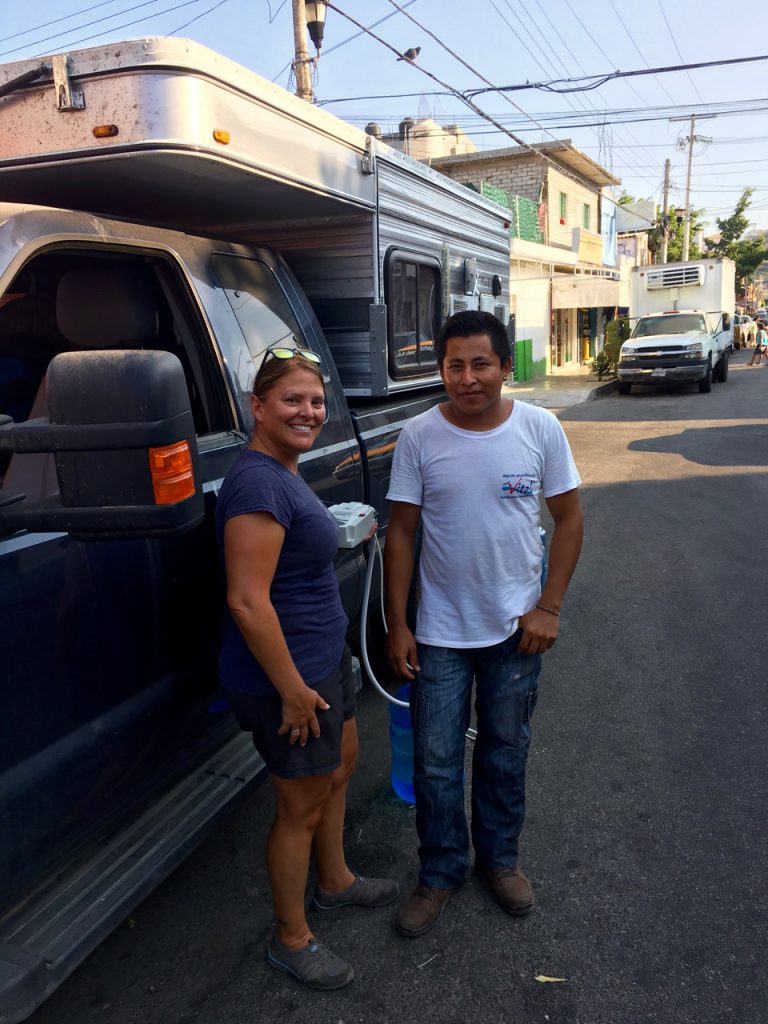
…and we were on our way heading down the coast, moving from beach to beach, each one more idyllic than the last.
Our favourite…in the small community of Barra de la Cruz.
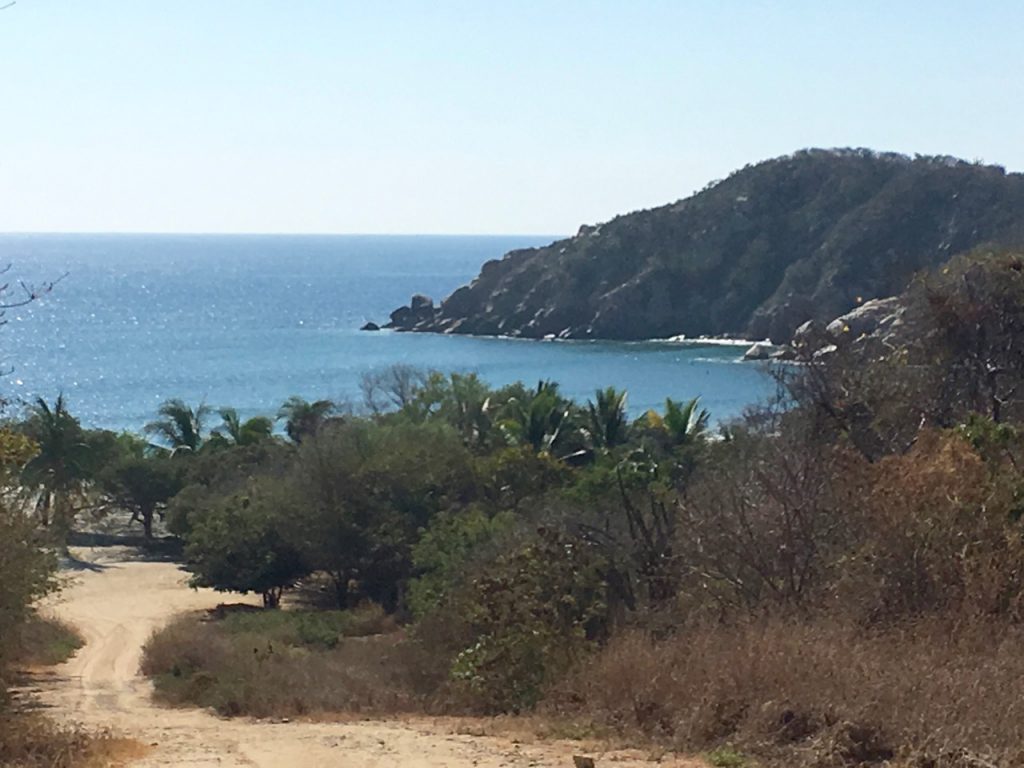
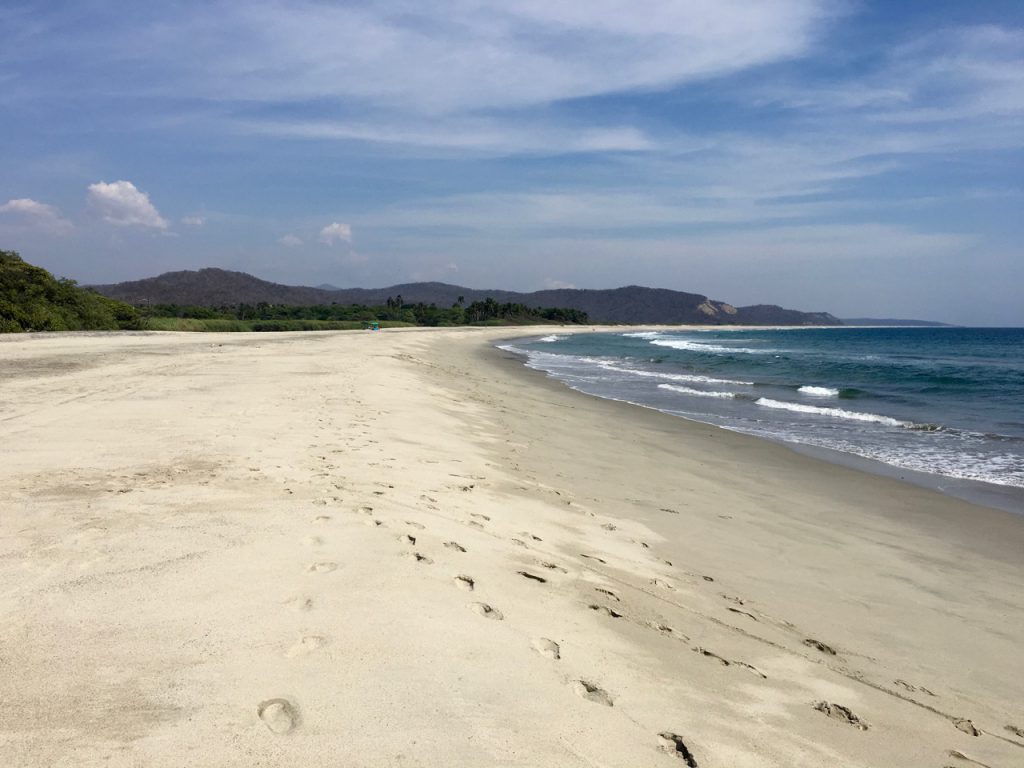
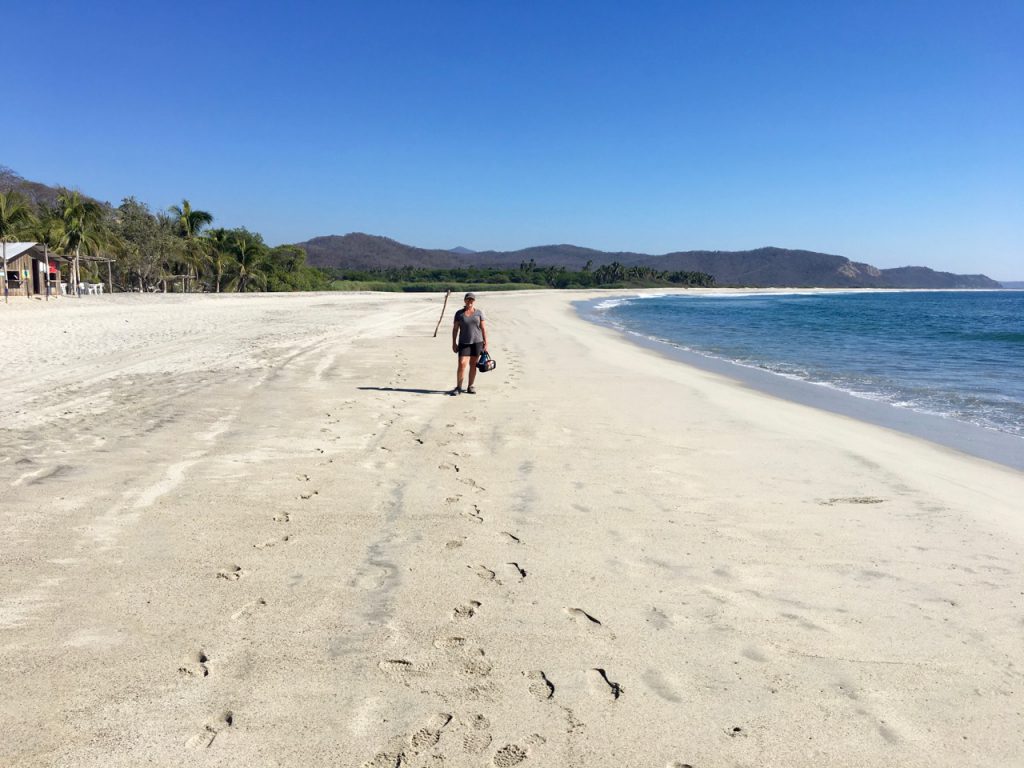
The beach is a famous surf destination at certain times of the year with regular 20 foot waves drawing surfers from all over the world.
We are here off season which means smaller waves and we have the place to ourselves.
A one day stop over somehow turned into a 5 day stay, living in the parking lot of Pepe’s surf camp.
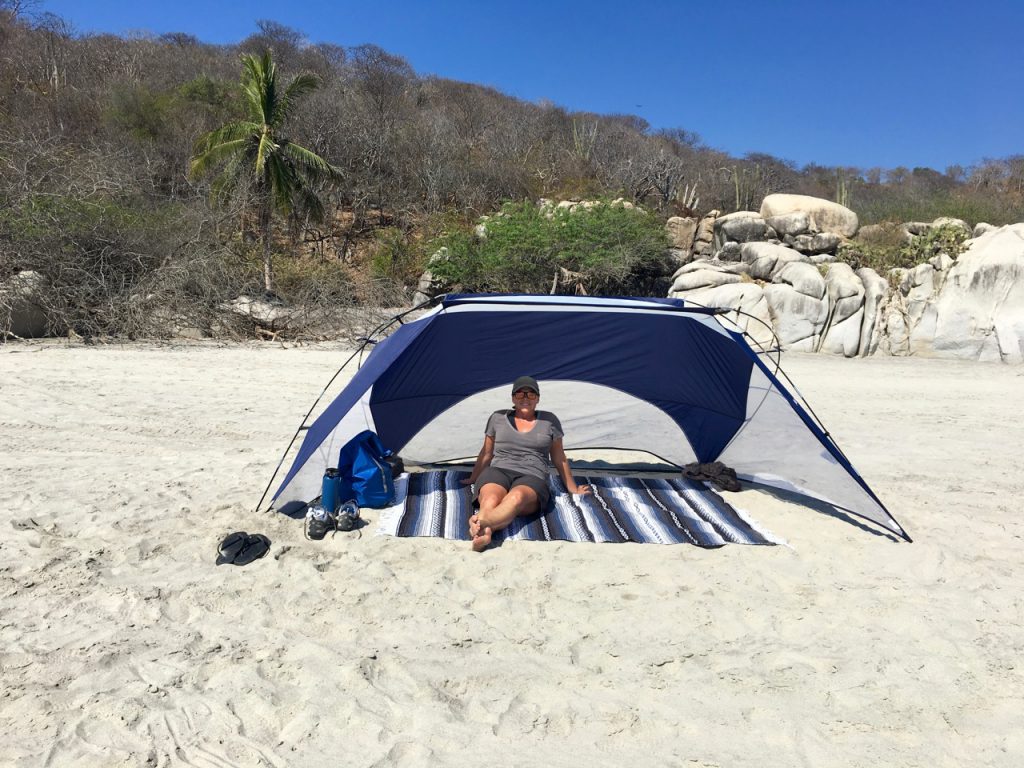
Getting moving again when we are settled into that perfect spot is something we have struggled with throughout our journey.
…and why our friends, an Australian / Polish couple (who are trying to set a Pan American Hwy speed record) have tagged us “Slow like maple syrup”.
We did have to get to Chiapas however so it was time to get moving and work our way inland and up once again.
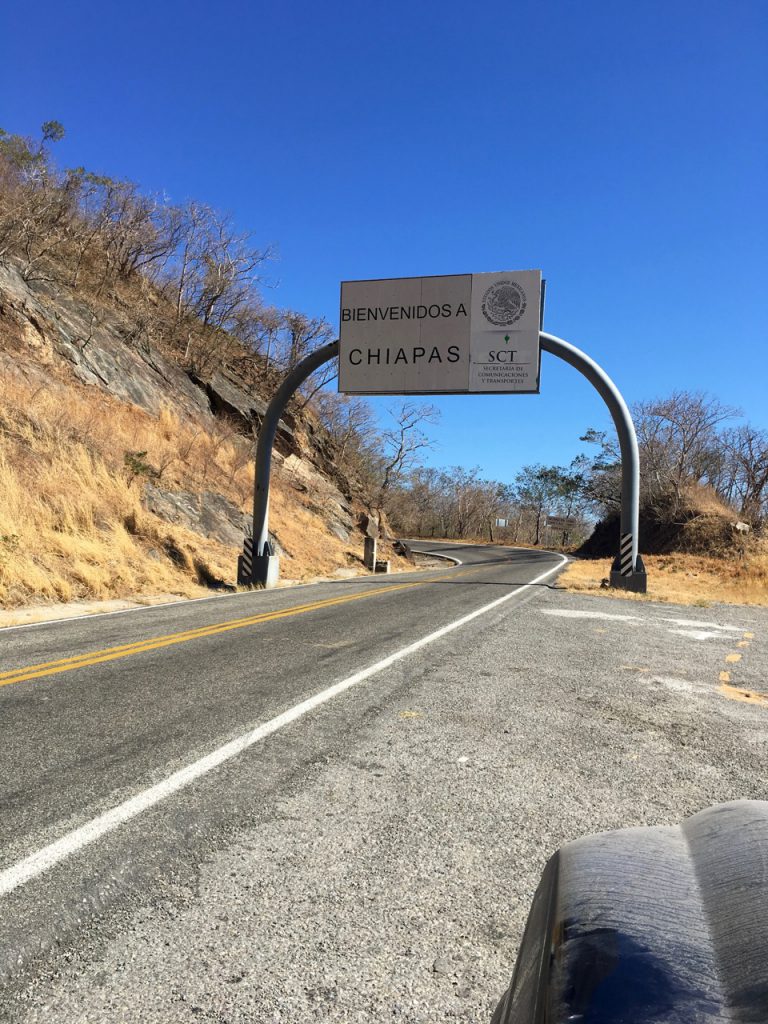
The state of Chiapas is home to one of the largest indigenous populations in the country.
It is, unfortunately, best known for the uprising of some of these groups in conflict with the Mexican government.
The rebellion of these people including the Zapatista movement in 1994 has resulted in successfully obtaining some additional rights for indigenous people in the state and across the country but the fight continues.
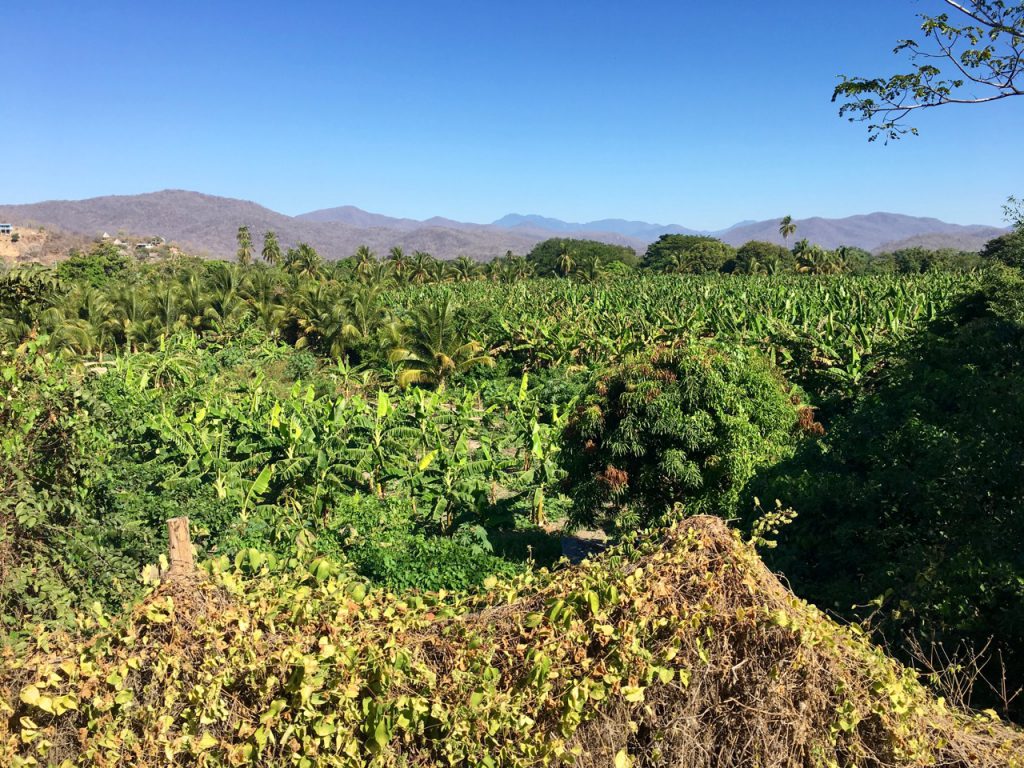
Chiapas may also be the most beautiful state in all of Mexico.
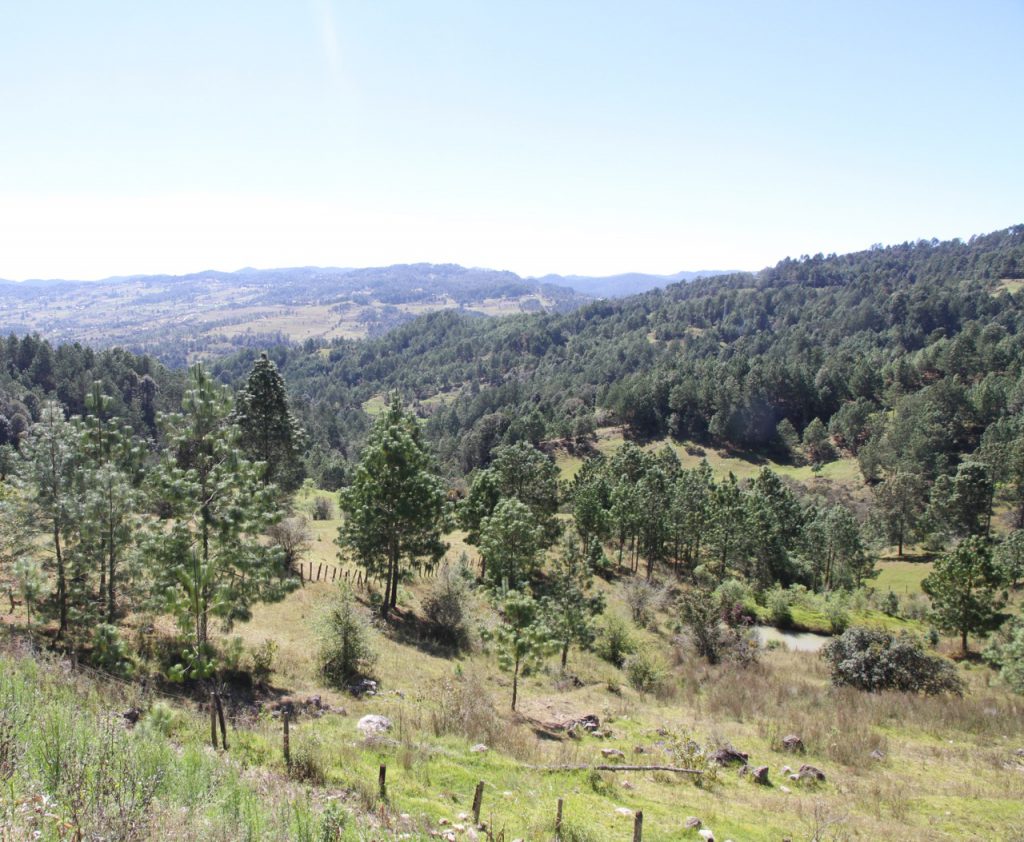
Once crossing into the state, we camped at the Cascada el Aguacera (Aguacera Waterfall).
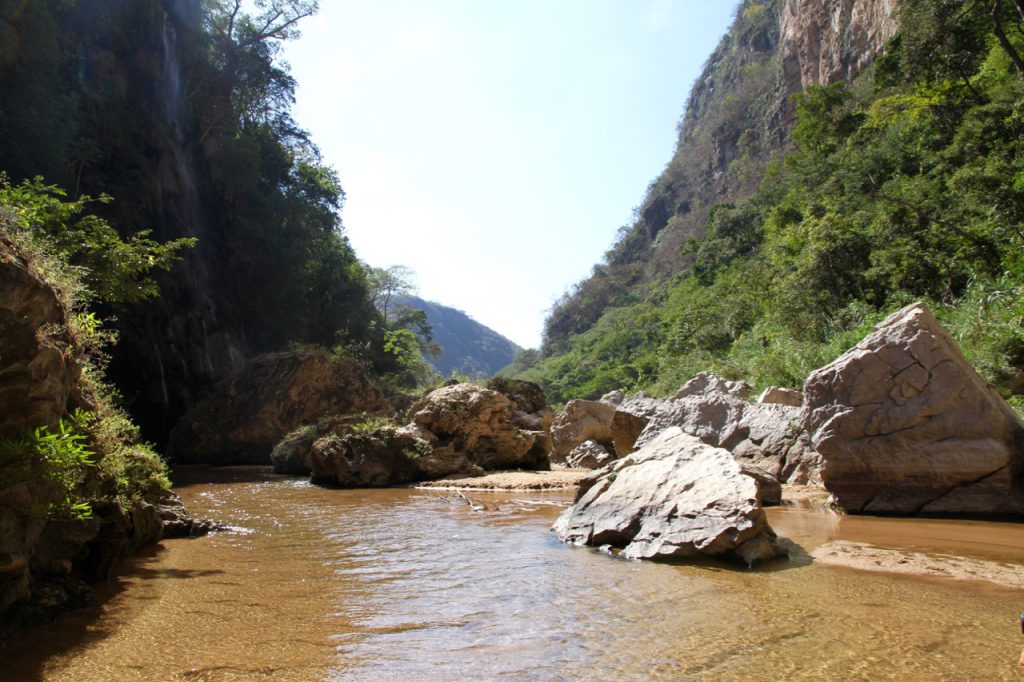
Over 700 steps switchback down into the Rio La Venta Canyon. A short hike upriver brings us to some of the most amazing waterfalls we’ve seen.
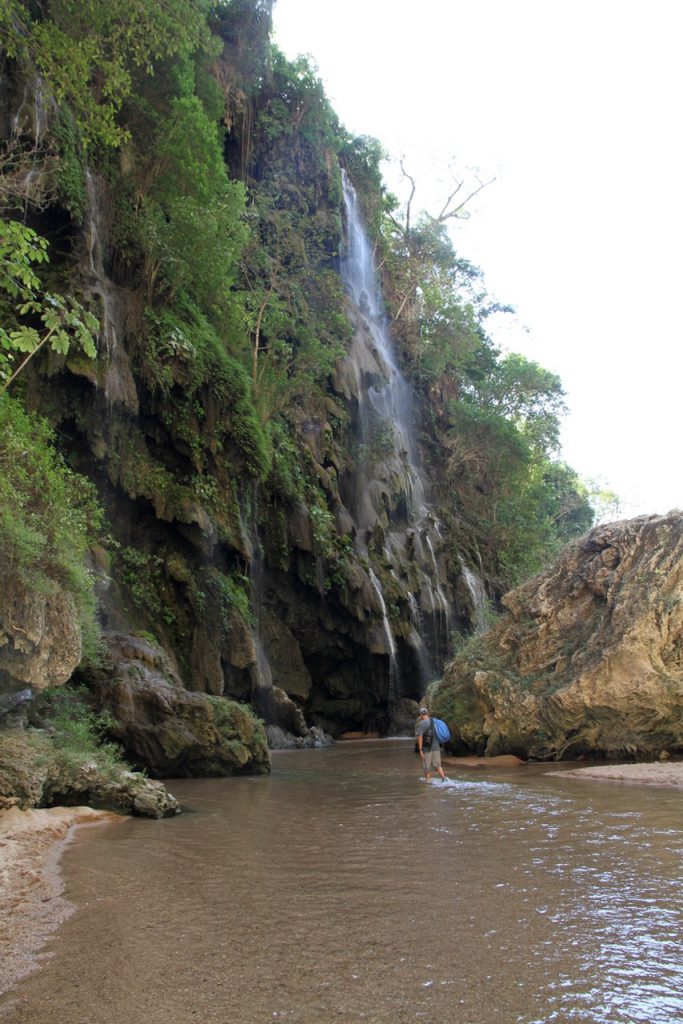


Again we are all alone to splash around the pools and thundering water.
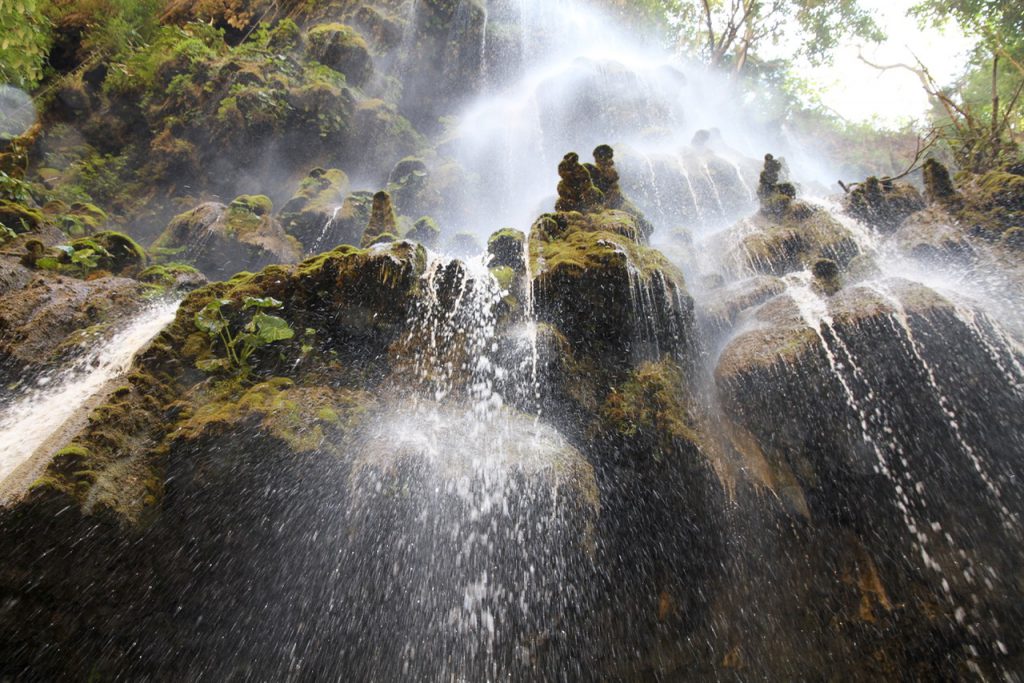
After the falls we head deeper into Chiapas on our way to San Cristobal de las Casas, stopping first in the town of Chiapa de Corso.
Set on the banks of the Rio Grijalva, Chiapa de Corso is the starting point for trips up into the Sunadero Canyon.
When the Spanish attacked in 1528 rather than be captured, hundreds of the local Chiapa tribe hurled themselves into the canyon to their deaths.
Chiapa de Corzo is also known for the Fiesta Grande de Enero which takes place every January with different events, parties and parades everyday culminating with the dance of the parachicos.
The night we were in town, was the parade of the fellas dressed in drag.
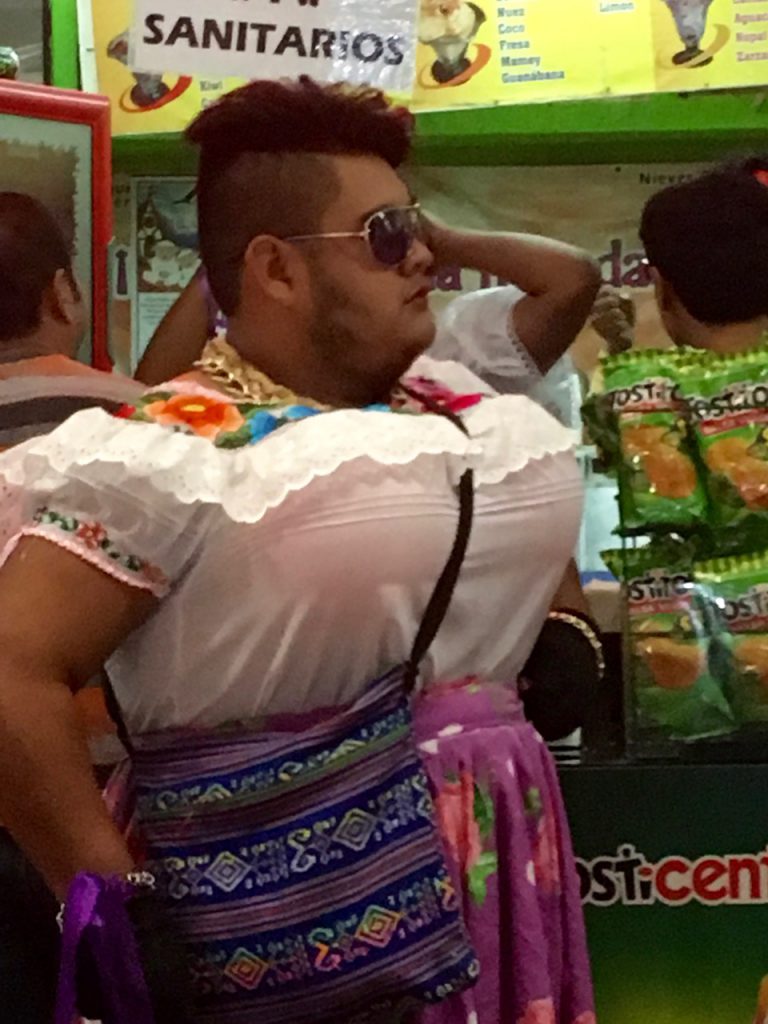
This guy was a beauty!
With nowhere to camp in town we check in to the basic hotel La Tradition Posada.
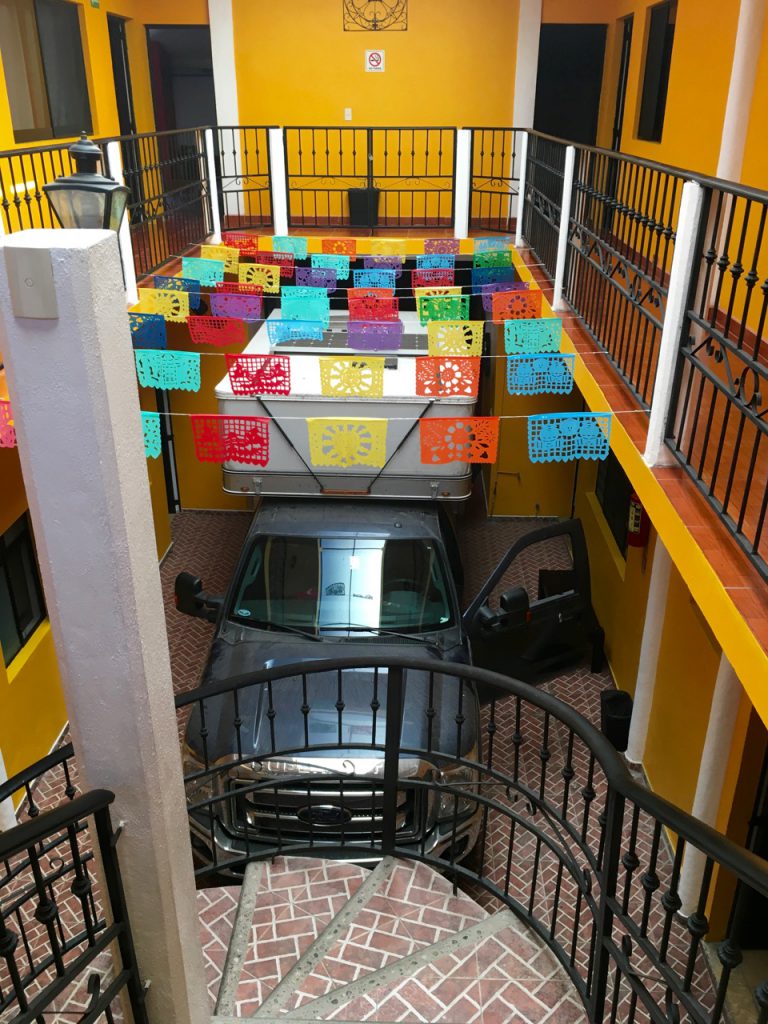
…and with nowhere to park our truck on the narrow cobblestone streets, the hotel was kind enough to allow our truck to park in it’s lobby.
A tight fit but we managed it with only one new scrape.
We were soon off to the beautiful mountain town of San Cristobal de las Casas.
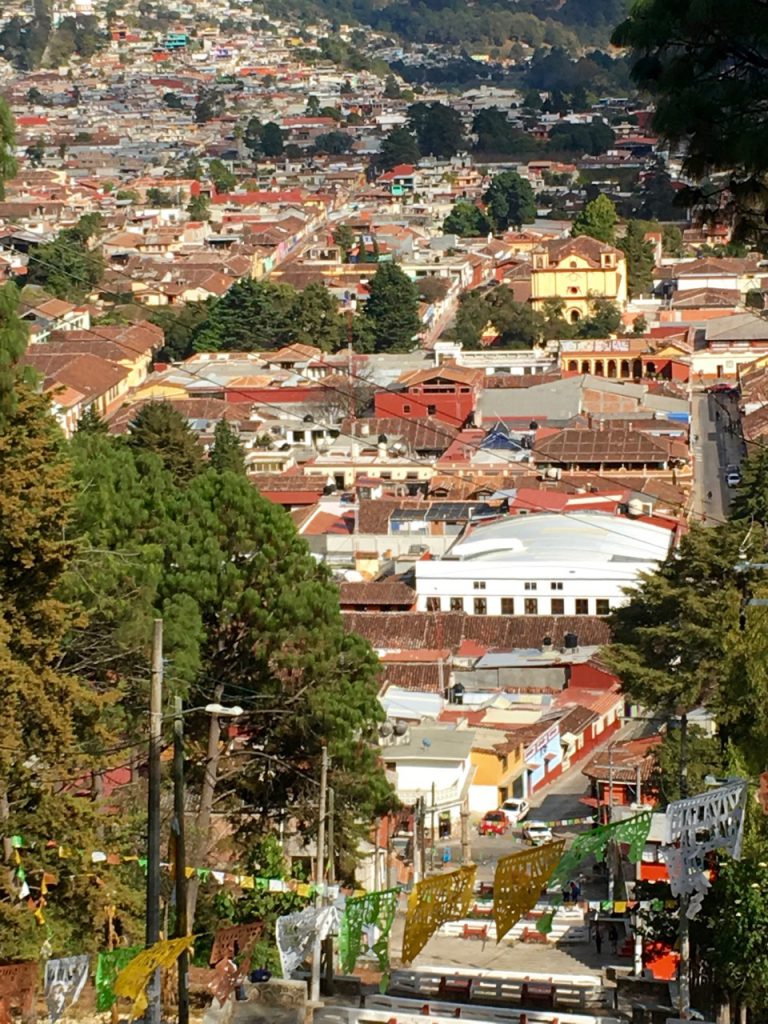
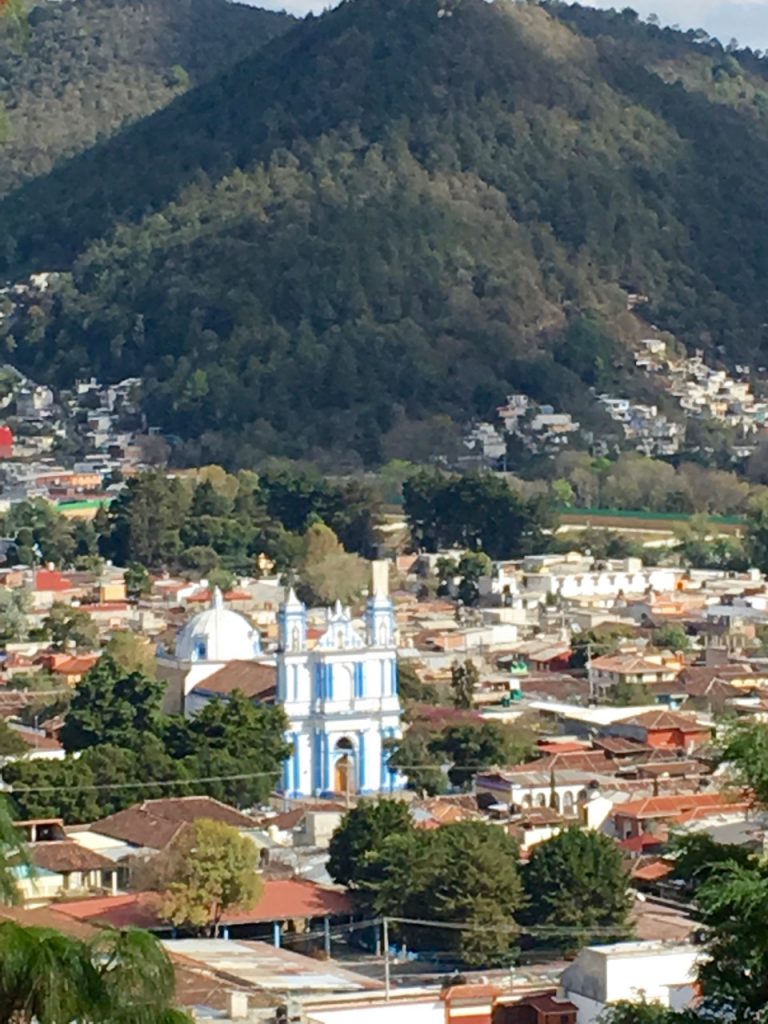
We pulled into the Rancho San Nicholas.
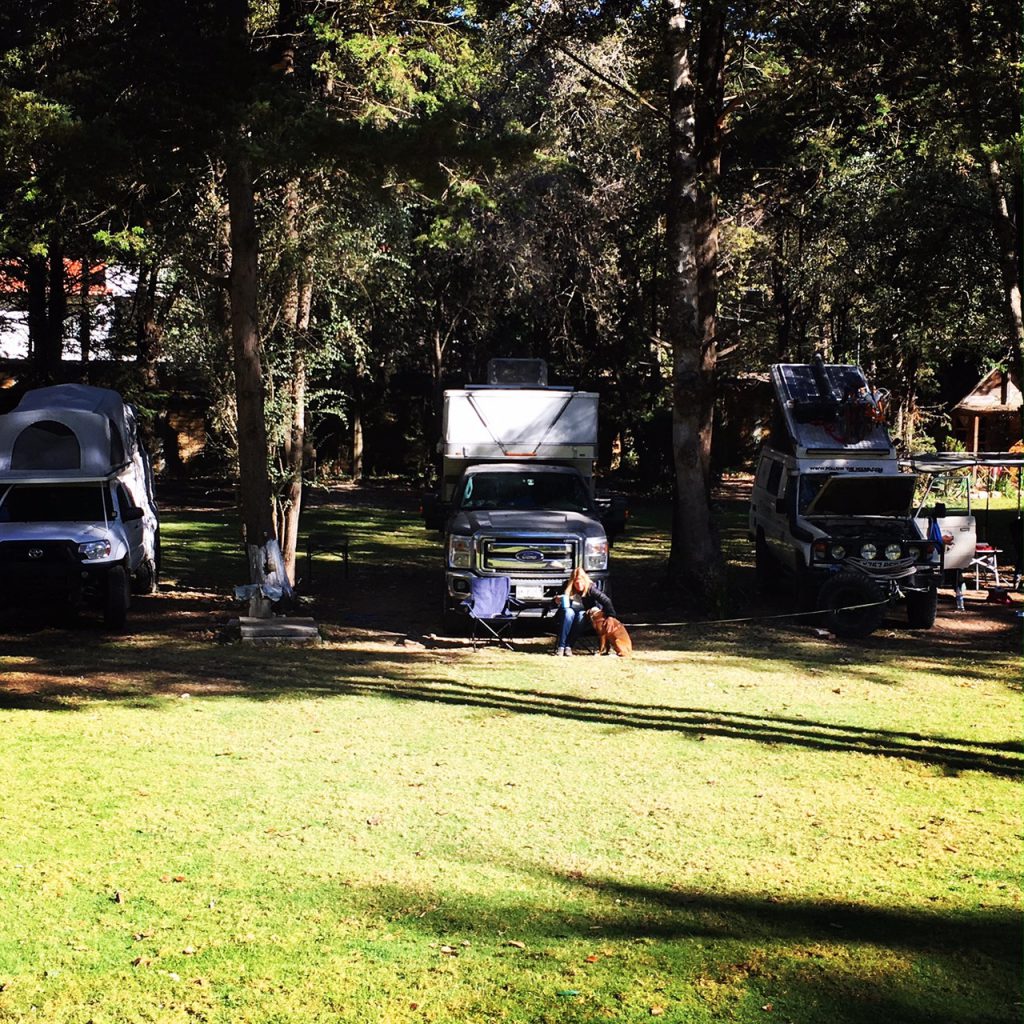
A great camp site to base a week long stay in San Cris.
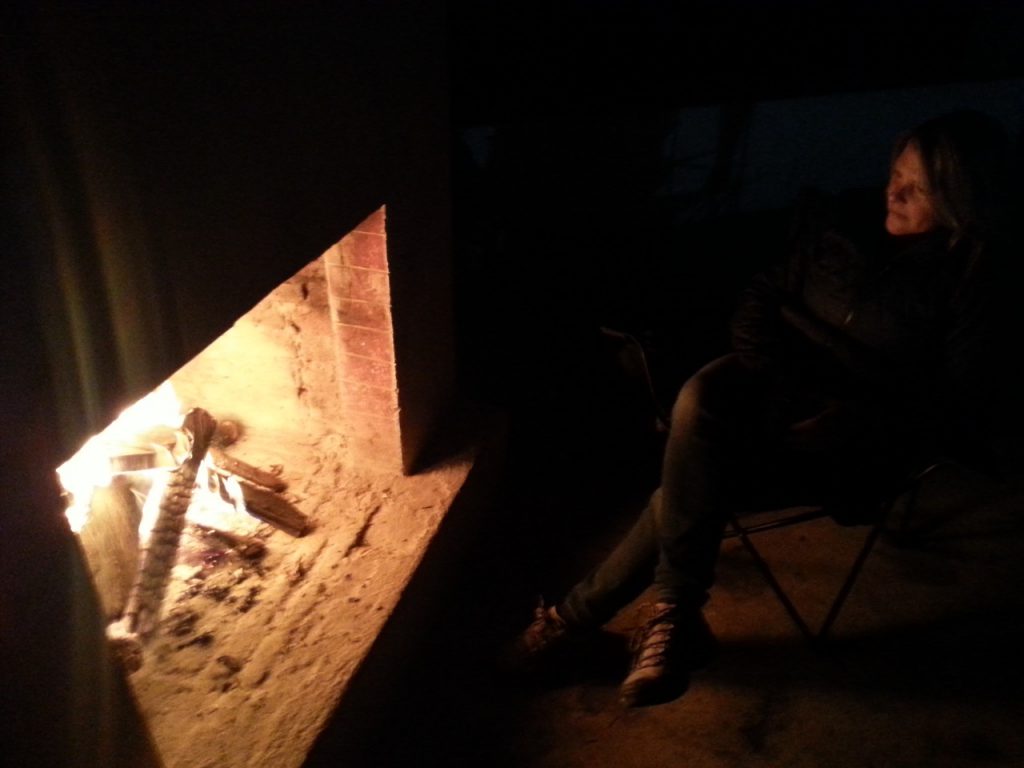
San Cristobal de las Casas is considered the cultural capital of the state of Chiapas.
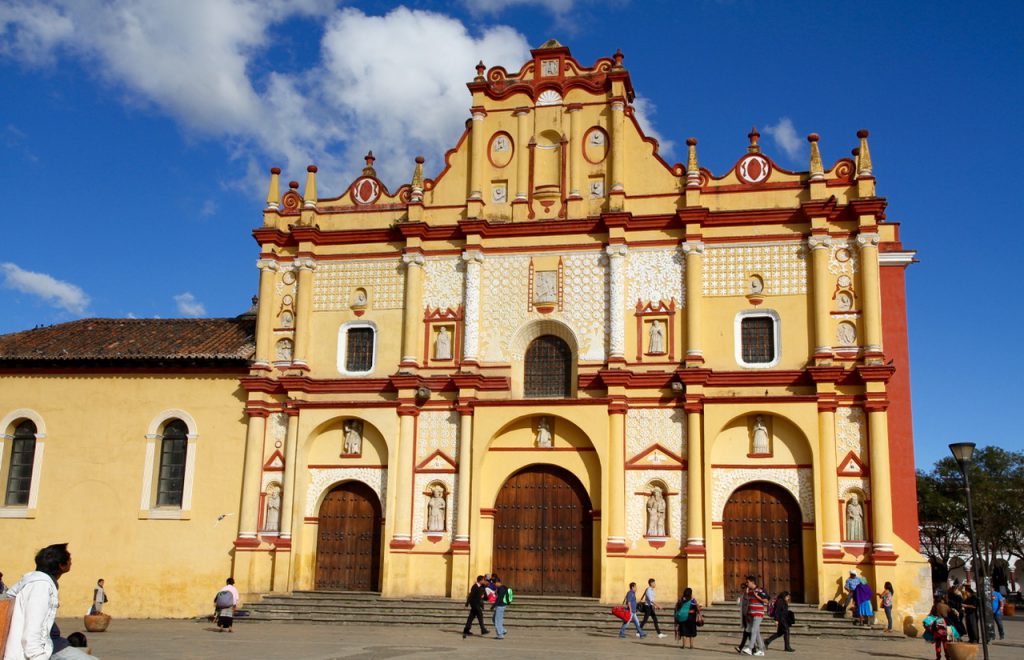
Some may argue it has become a bit touristy but the town manages to retain it’s local flavour and charm as a wide variety of Mexican, indigenous and international inhabitants and visitors come together in these beautiful surroundings.
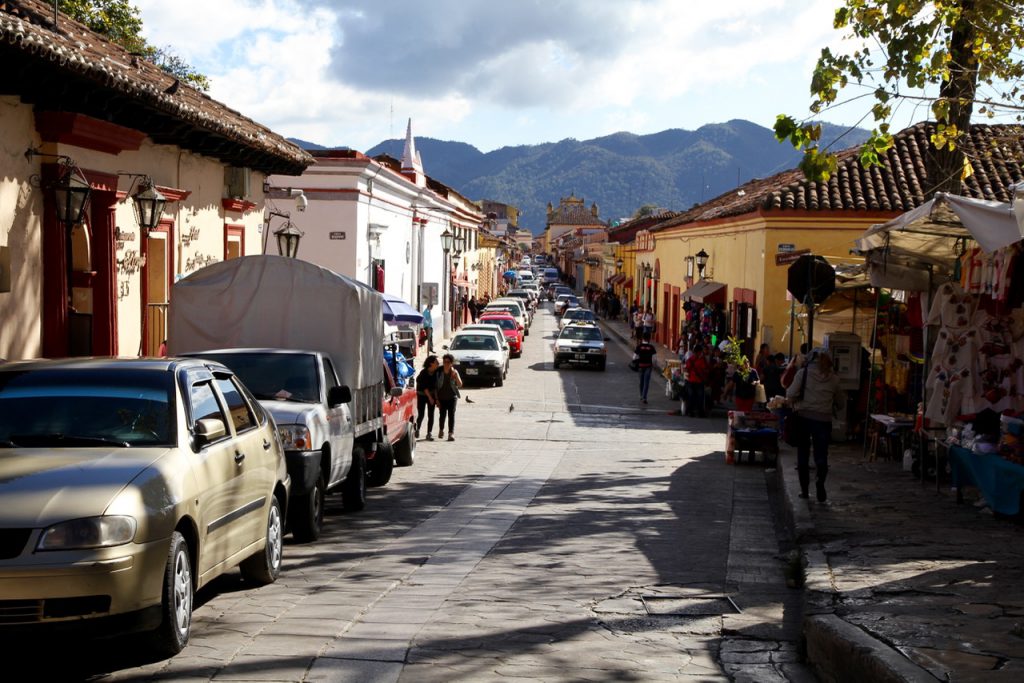
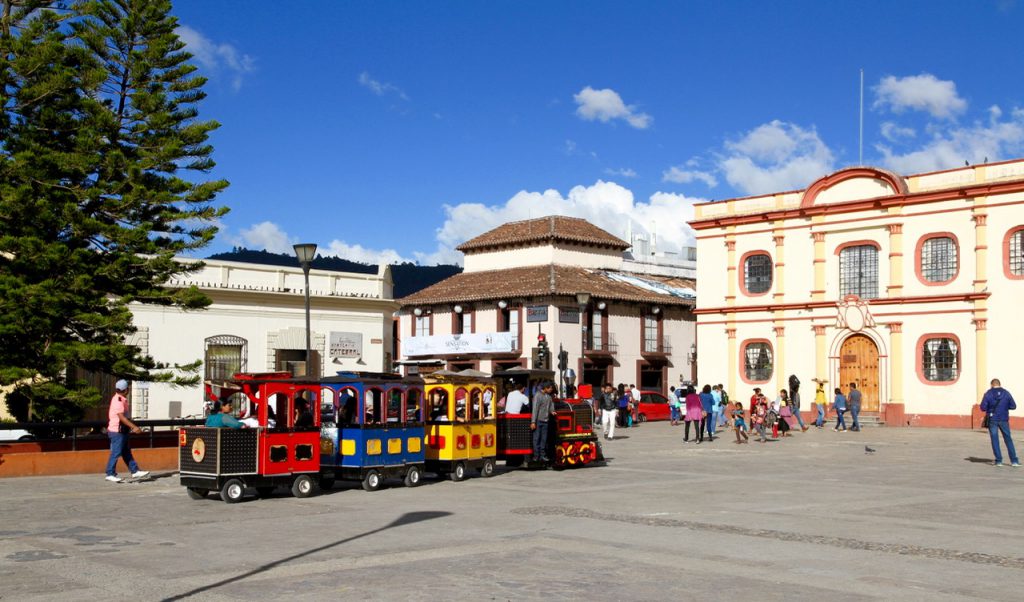

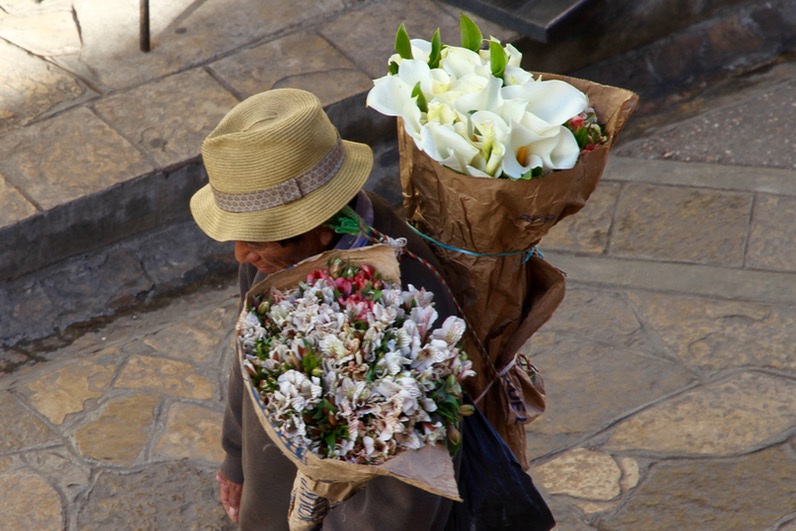
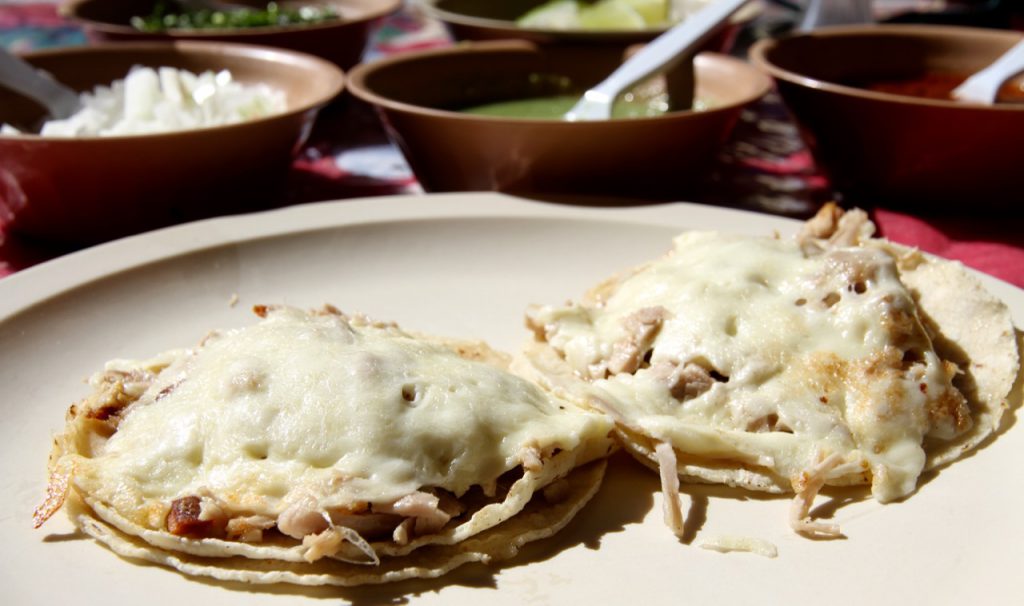
Couldn’t get enough of these pork carnitas tacos con queso.
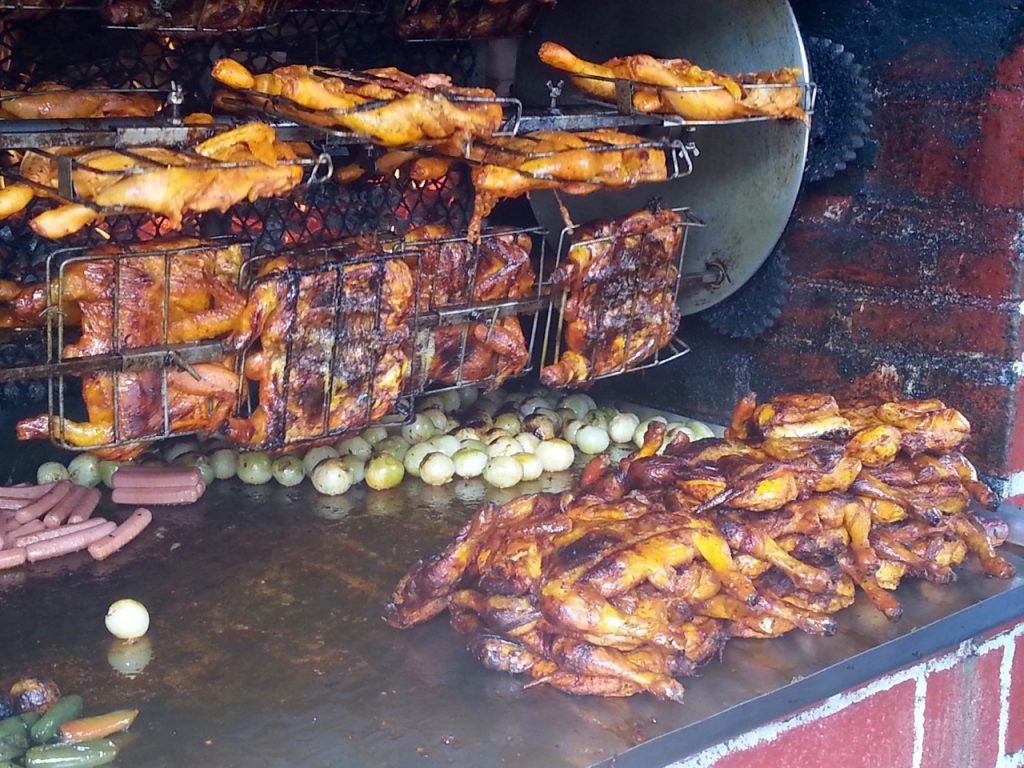
We eat a lot of roast chicken.
…didn’t try those hotdogs cooking in chicken drippings….next time!

La Vina de Bacco quickly became one of our favourite spots in town with free food with every glass of wine.
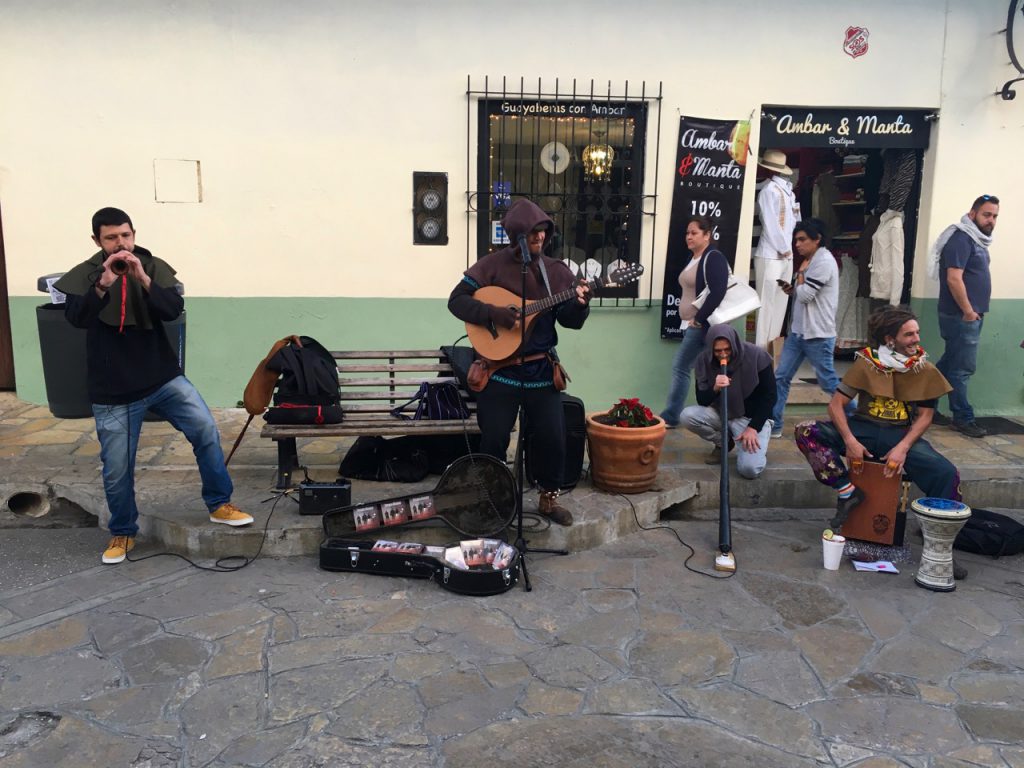
Local band Tempus Mutatur busking in the street.
Lead singer Florian (Hiking guide by day) took us on a 15 km hike through the country side and surrounding hills to the Mayan villages of San Juan Chamula and Zincantan.
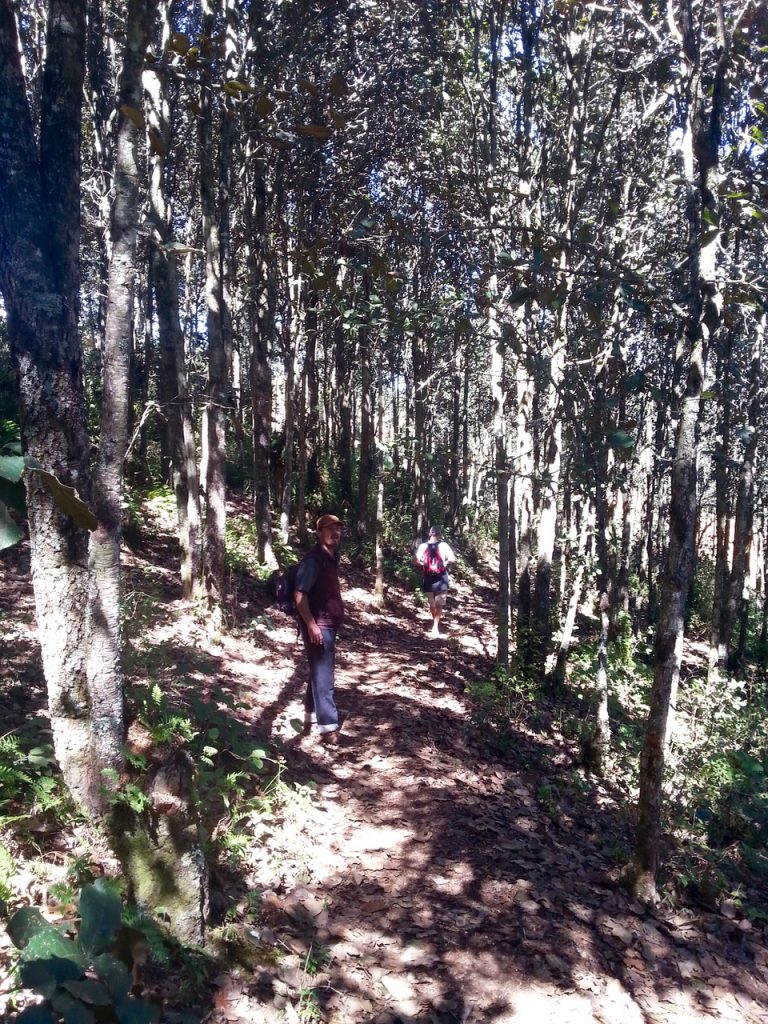
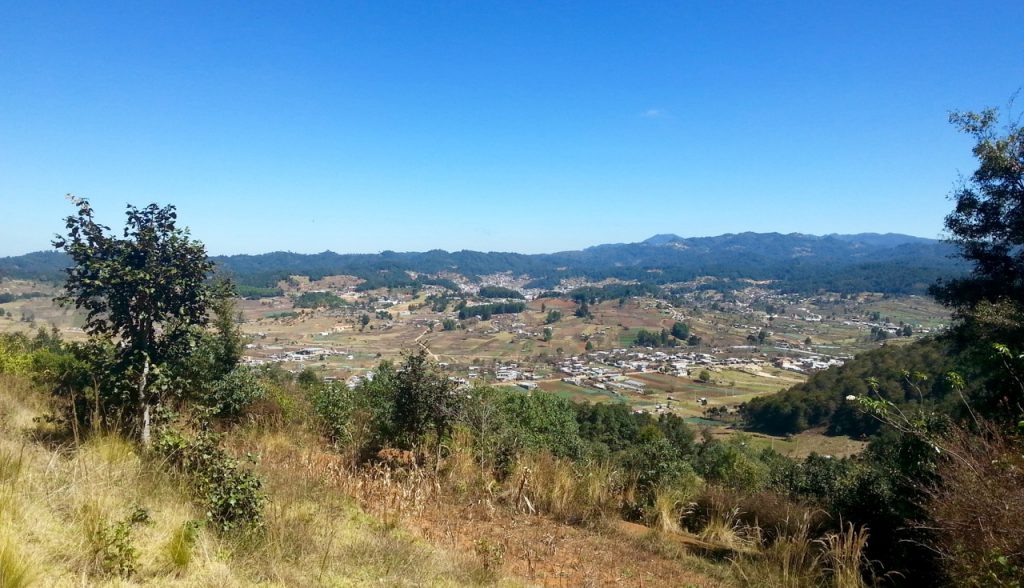

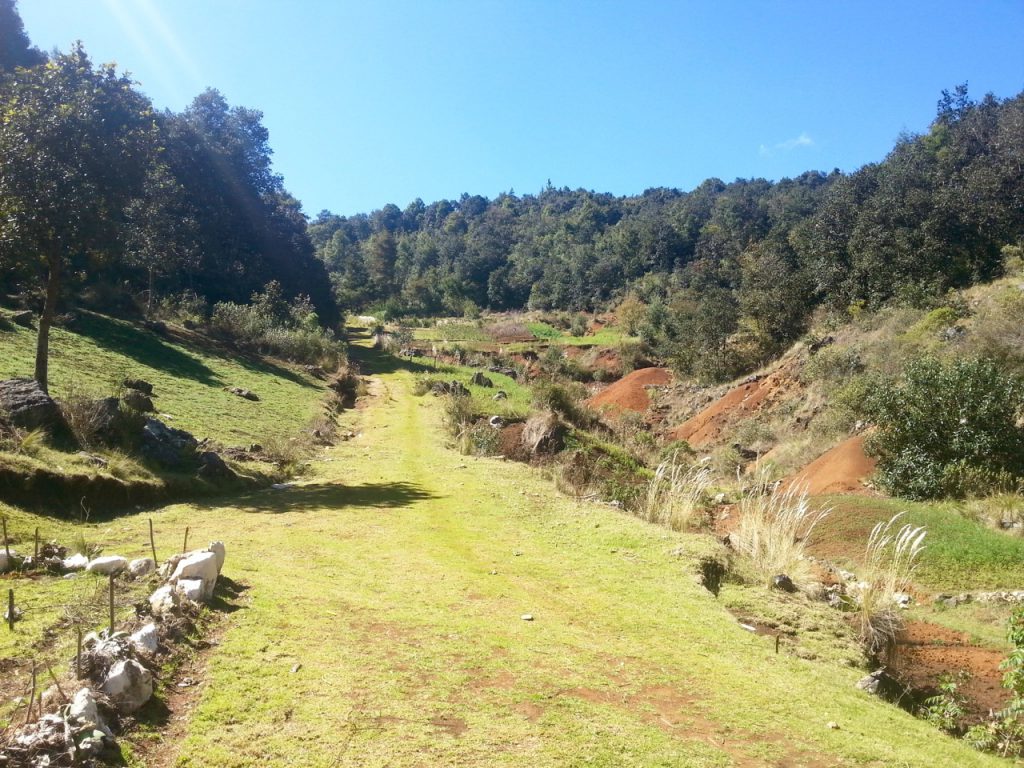
Chamula is a pretty heavy duty place. Inhabited by the fiercely independent Tzotzil Mayans, they have a reputation for a bit of hostility to outsiders.
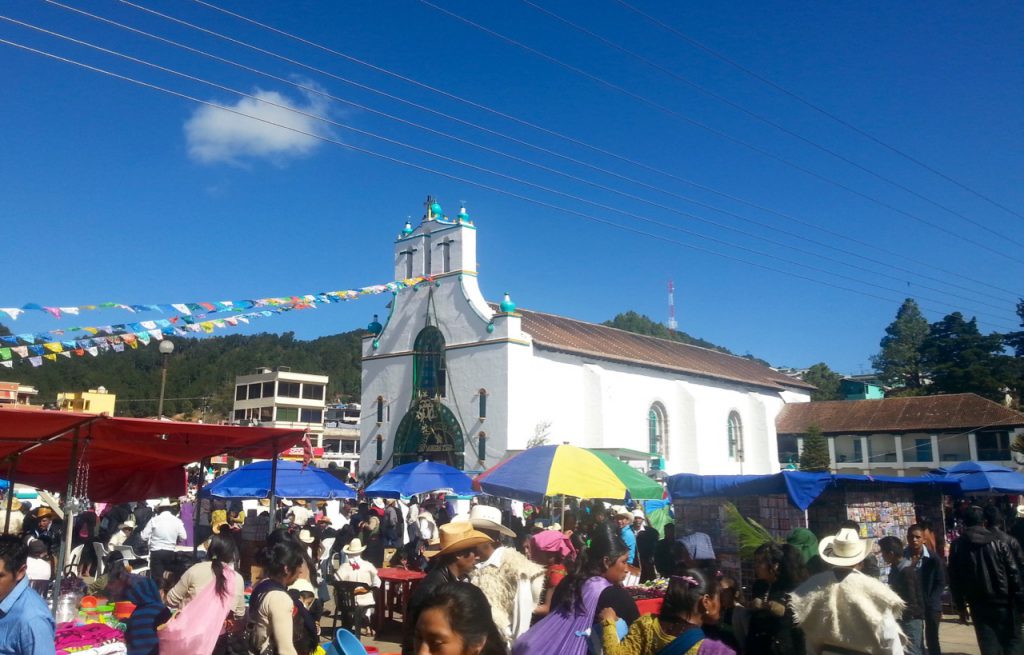
I wouldn’t say they were overly welcoming as we strolled in to town but certainly not hostile.
We were careful not to take too many photos.
Chamula is best known for its church. While unassuming from outside, inside is very unique, if not a bit frightening.
Foreigners can pay a small fee to have a look. So in we went.
No Photos…Sorry.
There are no pews, pine needles cover the floor, smoke from incense fills the air, impairing our vision. Candles of different shapes and sizes burn everywhere dripping wax, somehow not igniting the pine needles. The room is so full of people standing and sitting on the floor one can barely move. Worshippers stand in front of various alters swaying back and forth in a trance like state, chanting.
We were told to expect live chicken sacrifices but they seemed to be still waiting on the chickens during our visit.
Some worshippers in between chants would drink pox (a Mayan alcohol made of corn sugarcane and wheat).
Others would drink Coca-Cola and then belch loudly apparently ridding themselves of evil.
Men wearing goat skin tunics kept a close eye on us as we worked our way around the room.
Everyone was friendly-ish and they were quite happy to take our entry fee but we couldn’t help but feel we were imposing so out to the square we went.
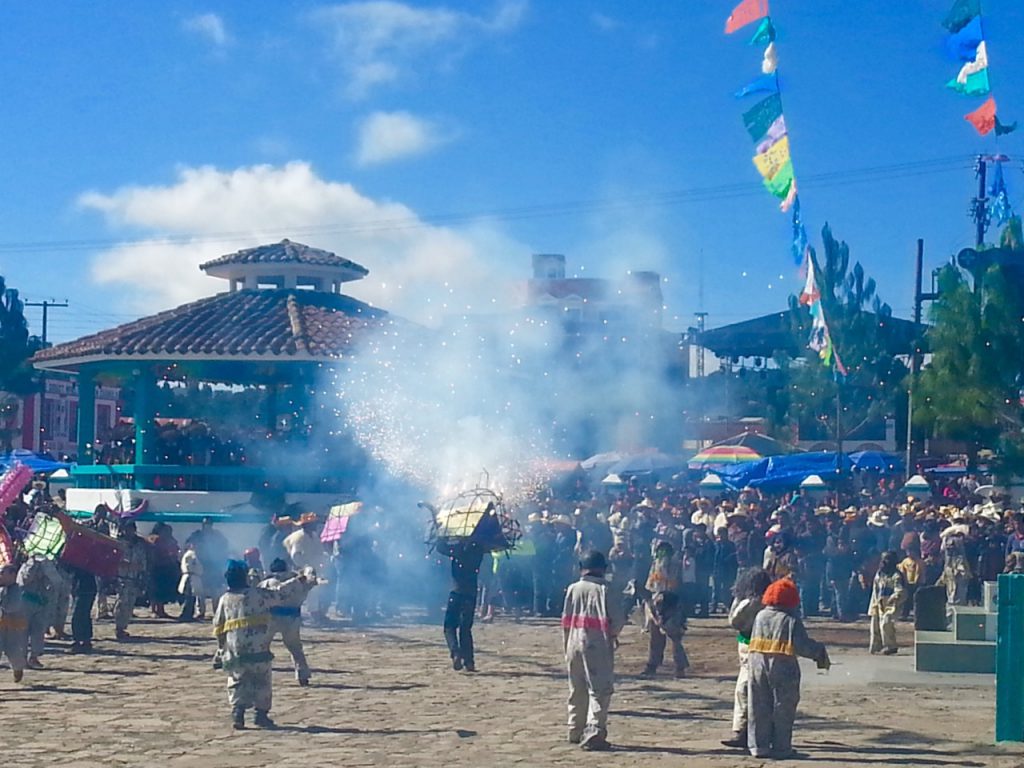
In the square, hell is breaking loose. Firecrackers that sound like bombs are being set off one after the other. A kid is put in a metal bull costume, they cover him in fireworks, light the fuse and let the other kids chase him around while the pyrotechnics shoot off in all directions.
…What could go wrong?

We grab an empanada, try to stand far enough back so as not to catch on fire and watch the show.
Once we had our fill it was time to head back in to the forest over a couple more hills to the slightly less intense town of Zinacantan.
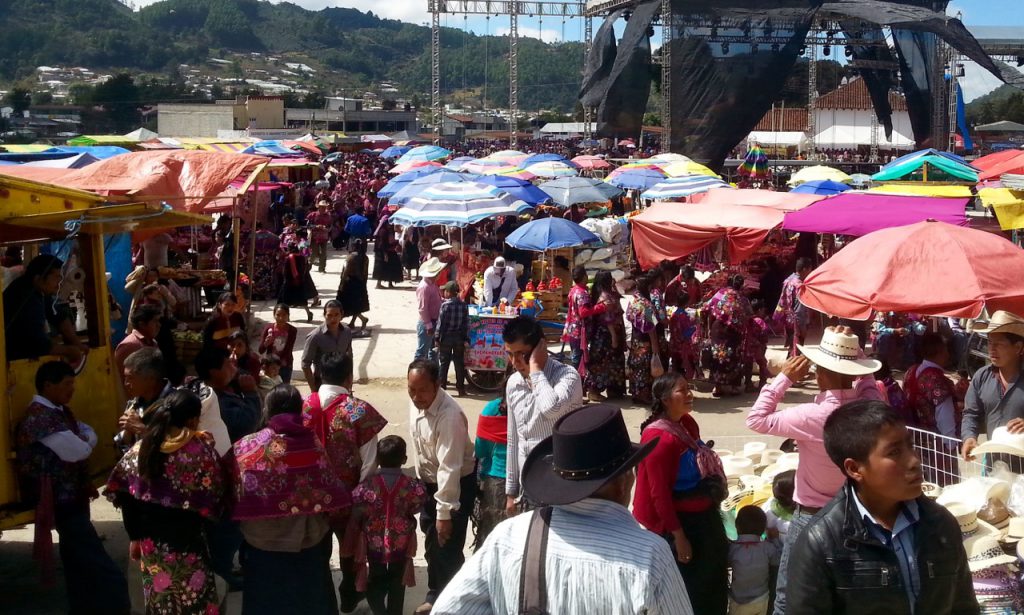
Still a little reluctant to take photos we did try to quickly catch the traditional dress. Handmade flowered shawls and vests with very intricate detail.
We were then invited into a local home where hand made tortillas were prepared for us served with local cheese, salsas, cilantro and pepita (roasted and ground pumpkin seed)
It might of been the hike but we ate our weight in these tasty snacks.
We then found a car to take us back to San Cris.
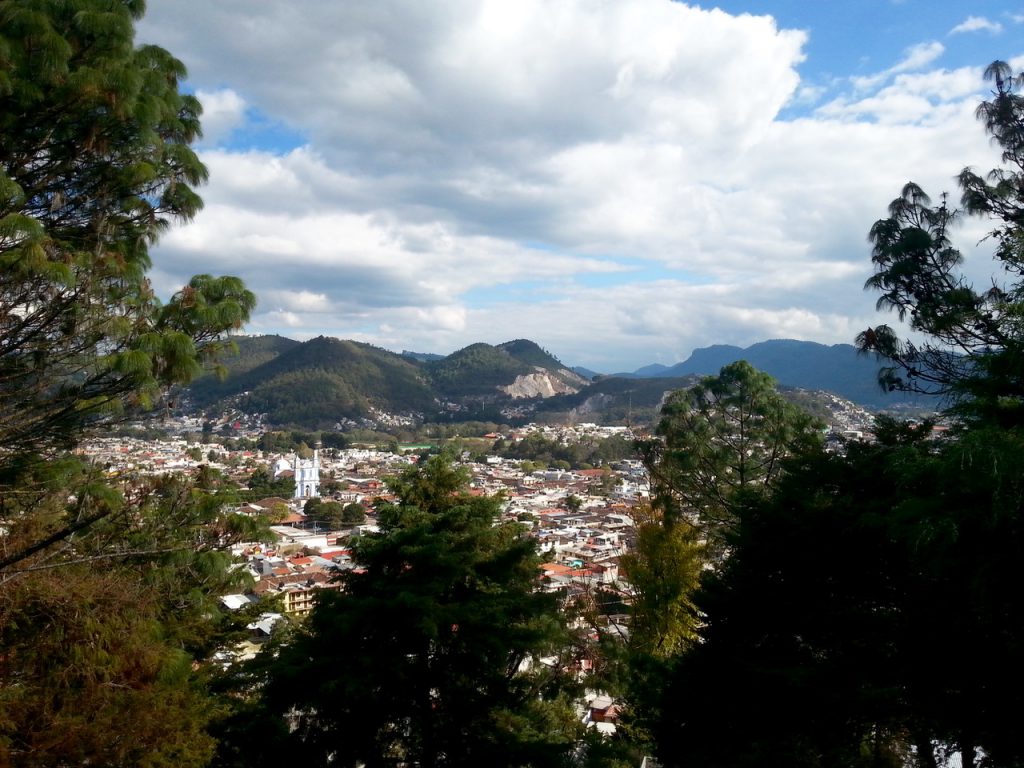
From San Cris we are off to the Palenque.
The road to Palenque is a beautiful mountain drive that drops down into the jungle.

It also has the largest concentration of speed bumps in the world (I bet).
361 one of them over a distance of 219 km (Sam counted).
This stretch of road is also popular with local groups staging protests and putting up blockades, etc.
Travelers try to obtain current blockade information before setting out as it is possible to get stuck for days.
We received some conflicting reports before we headed out of San Cristobal but decided to give it a shot and made the journey without incident.
The 219 km did take us almost 7 hours due to the speed bumps.
But the ruins of Palenque were well worth the drive.
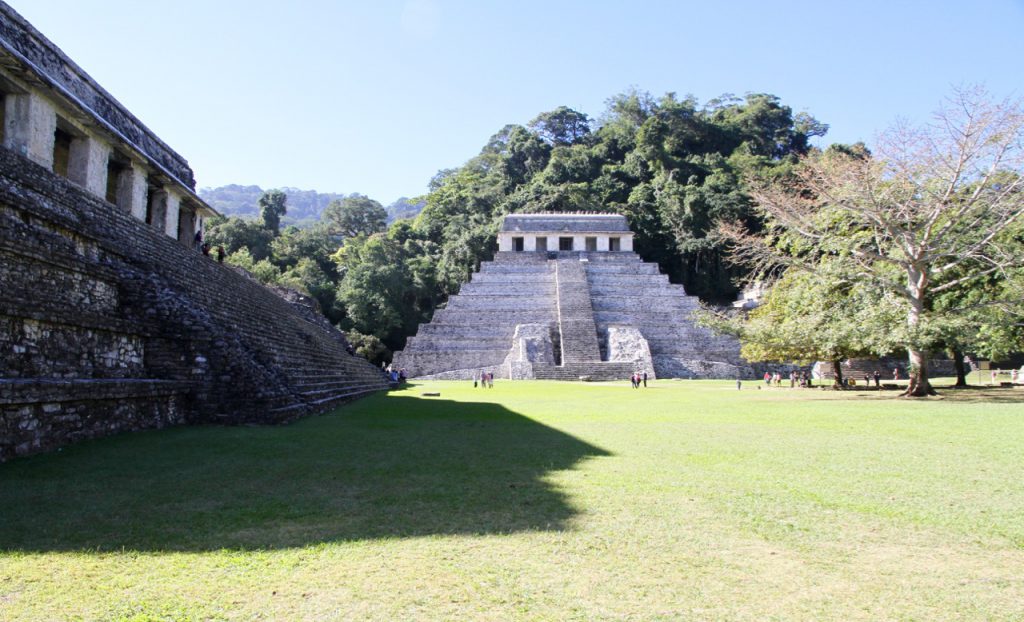
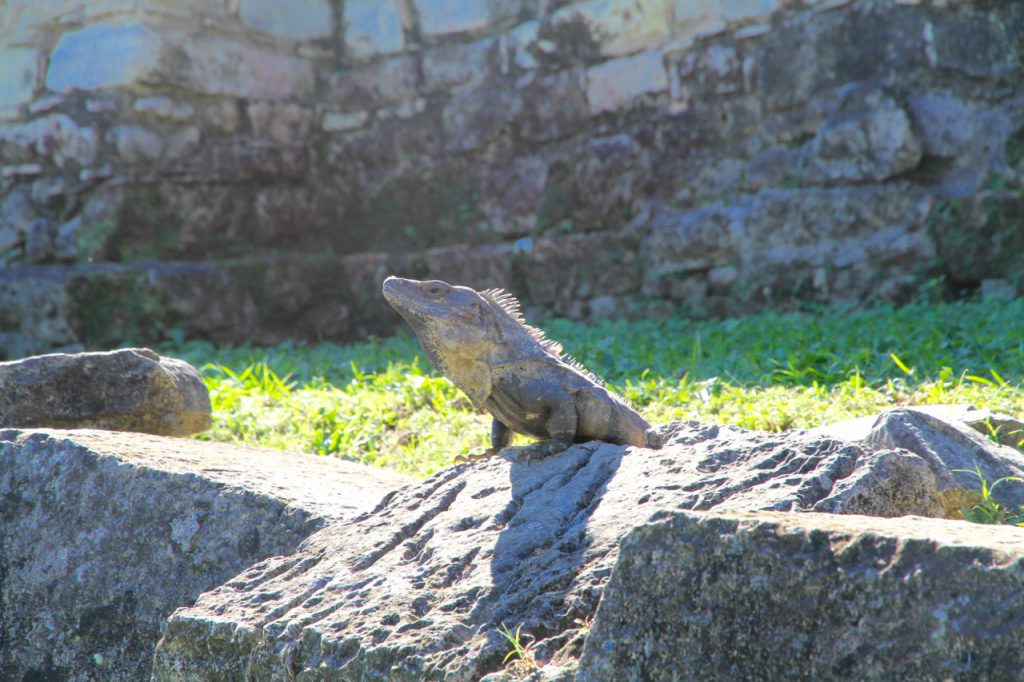
The Mayan Ruins of Palenque are one of our favourite Mayan sites as they are totally surrounded by jungle.
Big Iguanas sun themselves on Ancient walls and howler monkeys bellow from above.
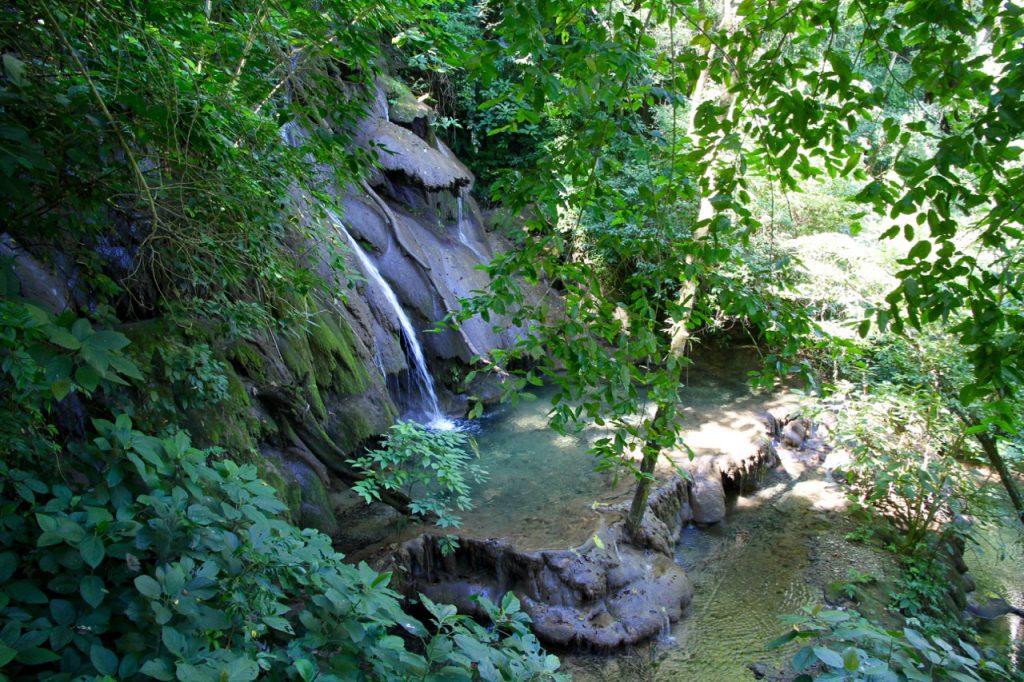
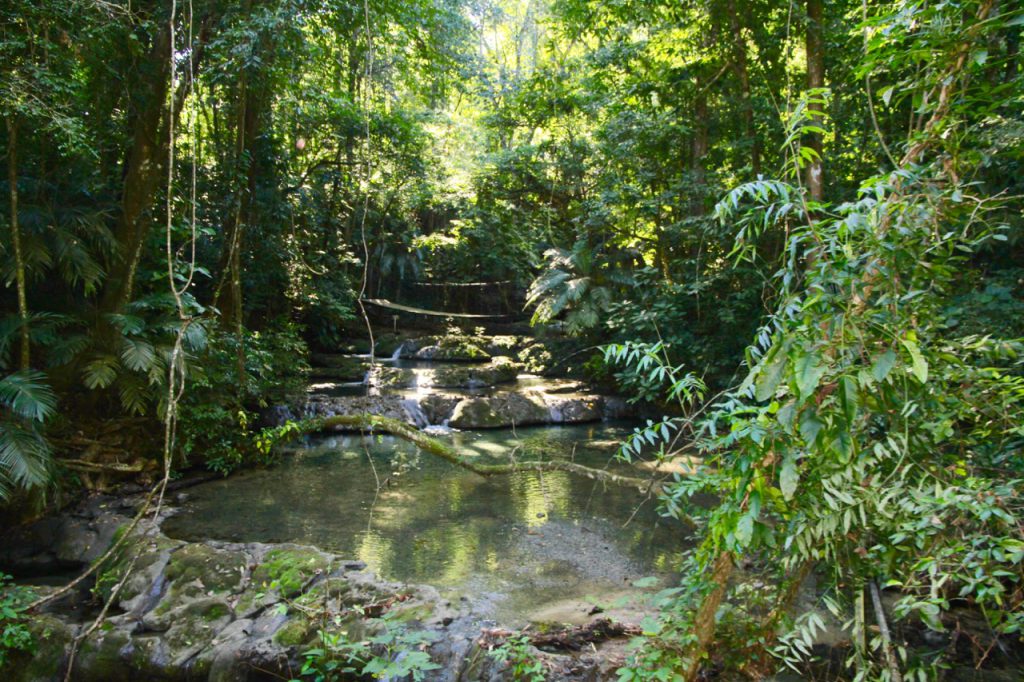
Jungle paths weave along a river past small waterfalls opening up in to the various plazas.
Palenque is thought to have been inhabited from 226 BC to 799AD and is truly an exotic site.
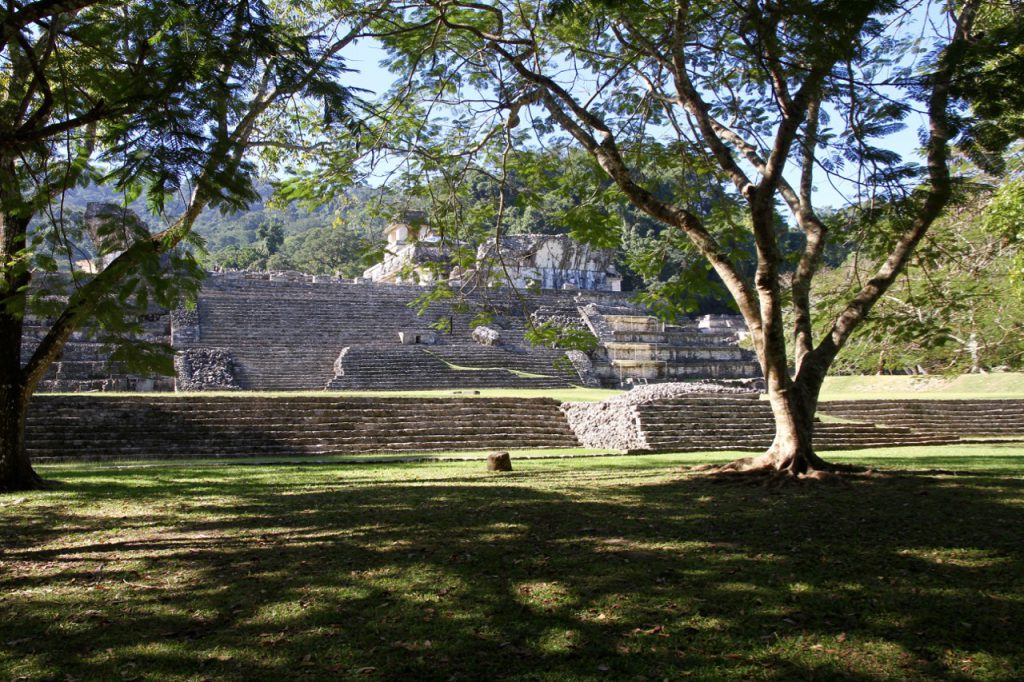
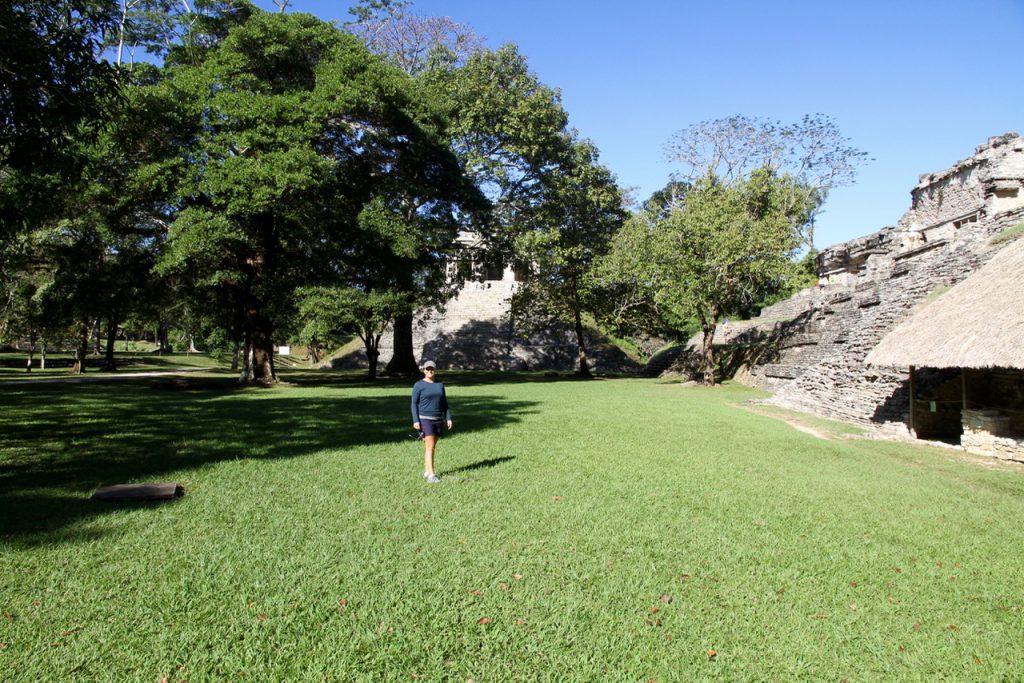
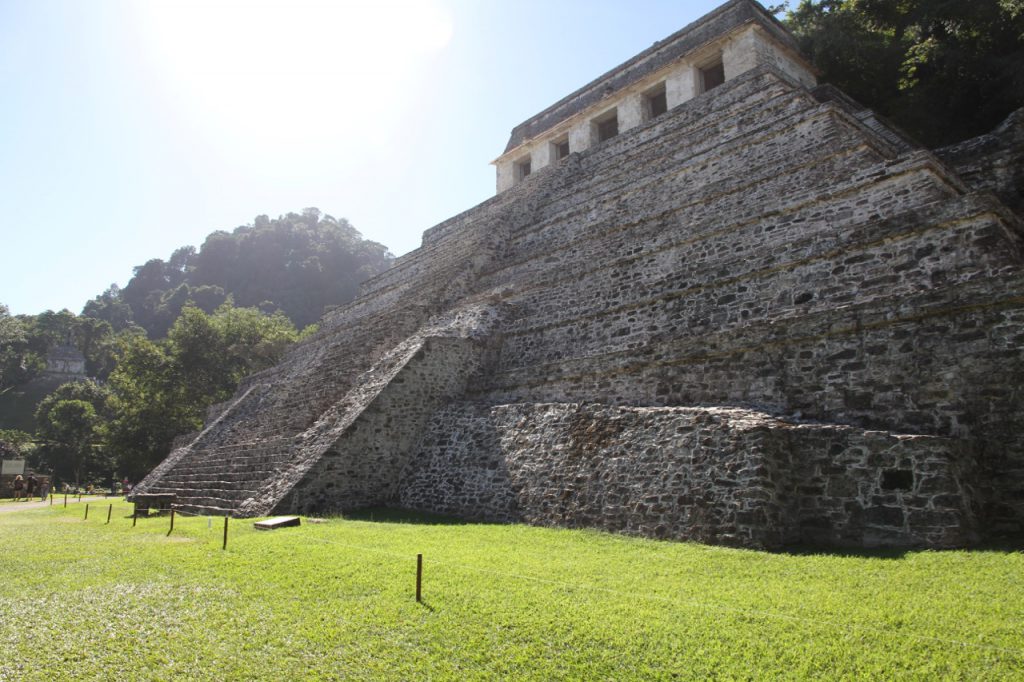
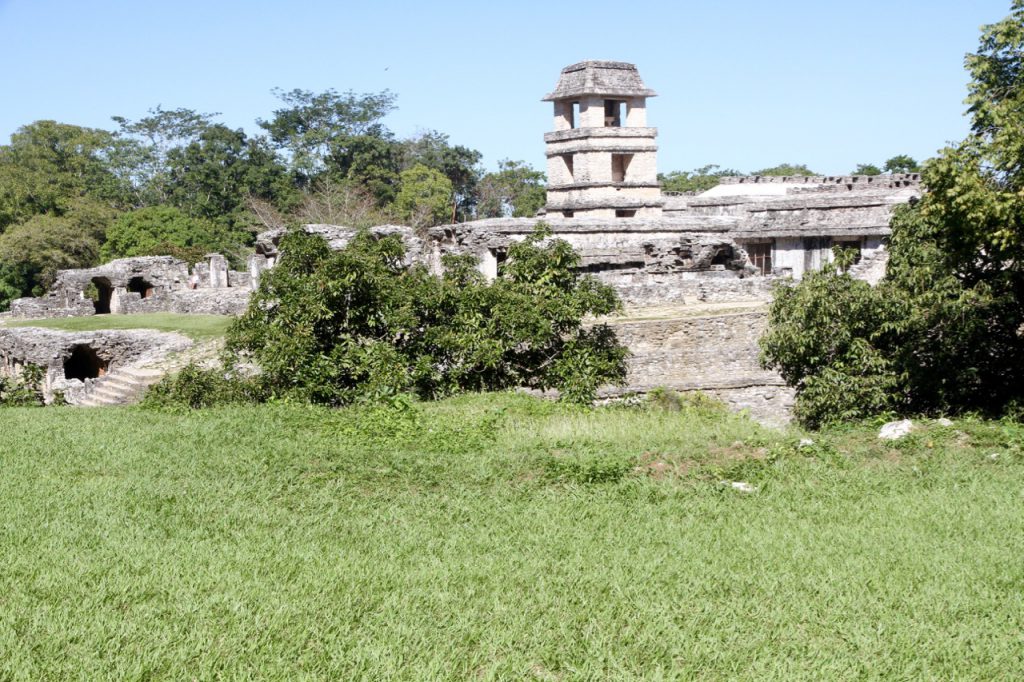
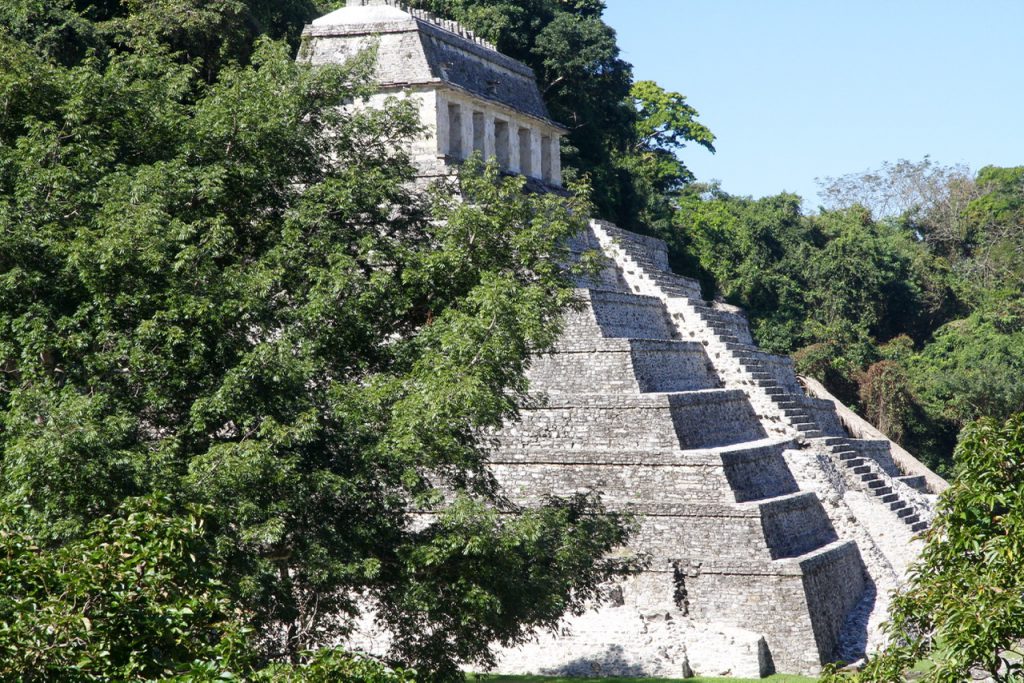
We did have to adjust our plans after Palenque as a Zapatista road block did pop up and forced us to miss the famous Agua Azul Waterfalls.
Gives us a reason for a trip back another time.
So with Chiapas behind us we pass through the states of Tabasco and Campeche stopping for a few days in the Quintana Roo towns of Bacalar and Xcalak for a few days of diving and snorkeling before crossing in to Belize.
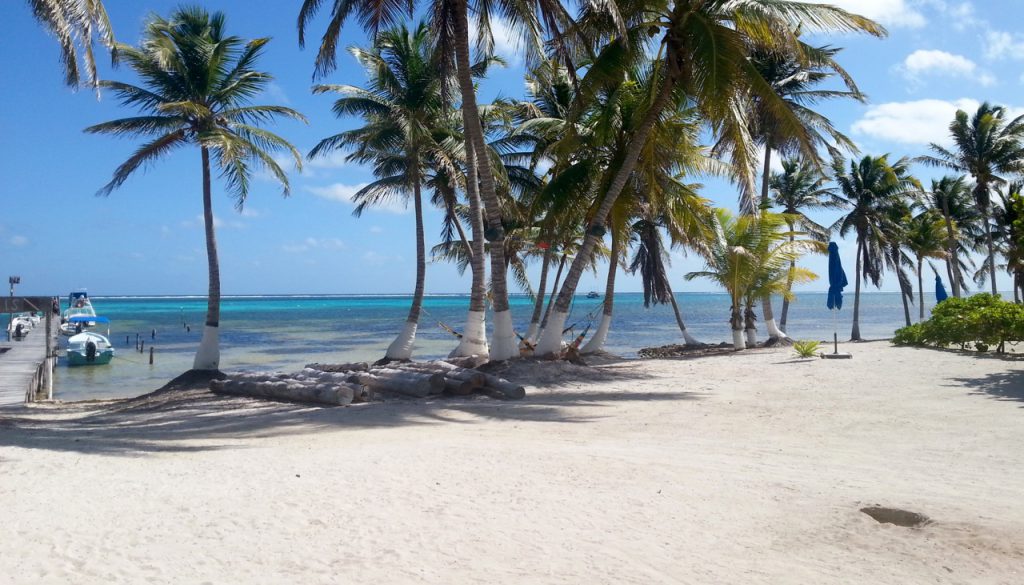

After loading up on a few Mexican items that have become essential to us in the border town of Chetumal we reluctantly wrap up the Mexican portion of our trip.
Our four month stay in Mexico couldn’t of been better. We are definitely having a tough time leaving and while we covered a lot of ground we have only really scratched the surface and look forward to being back soon.







